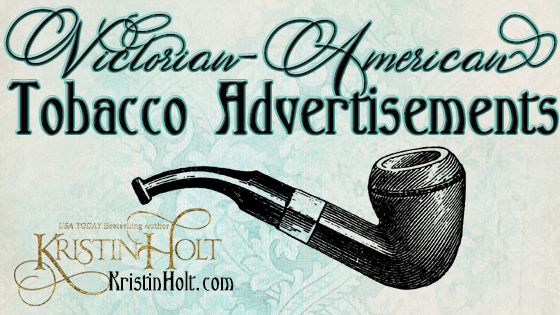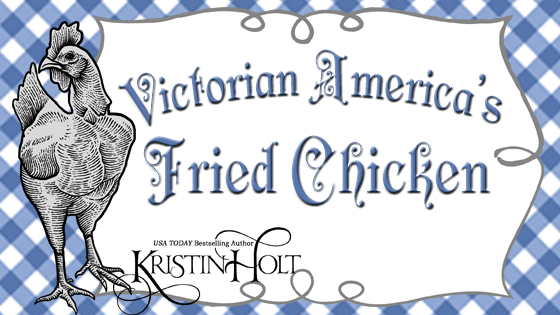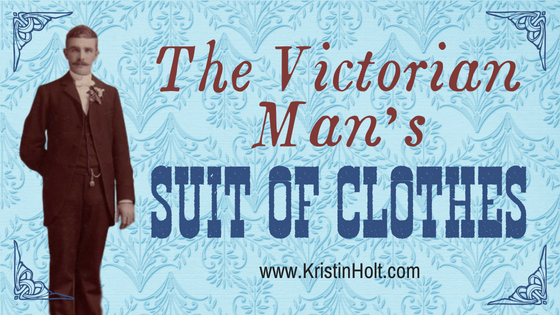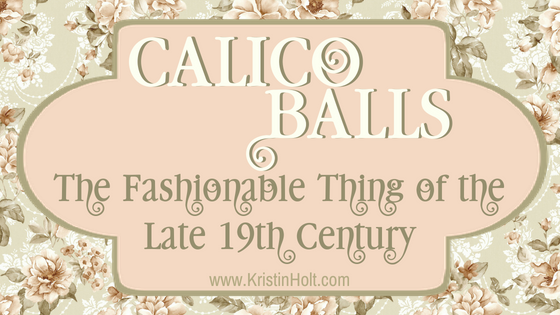
by Kristin Holt | Feb 15, 2020 | Articles
Advertisements from vintage newspapers and periodicals shed much light on the tobacco habits of our nineteenth century United States ancestors. Each ad cites sources, dates, and provides everything from brand names to prices to general categories to help us draw conclusions about tobacco use in the Victorian United States.
Why? Because accurate backdrops make for exciting fiction!

by Kristin Holt | Jul 6, 2019 | Articles
July 6th is (United States’) National Fried Chicken Day. A perfect time to acknowledge and celebrate the love of fried chicken throughout the nineteenth century. Not only was this dish well-established in the colonies (17th and 18th centuries), it was a favorite throughout the States as the nation expanded to the California coast. Vintage newspaper clippings detail restaurant menus featuring fried chicken and provide vintage instructions for frying succulent drums, thighs, and breasts. Apparently folks said thank you with a good meal then, the same as they do now.

by Kristin Holt | Jul 3, 2018 | Articles
A man’s proper suit of clothes was worn by gentlemen, bankers, clerks, professionals… virtually every man except those who labored manually (such as miners). Given men owned so few items of clothing, they certainly wore what they had, despite the demand. Levi Strauss developed the original “Levi’s 201’s” and “Levi’s 501’s”, built to last in the clothing-destroying mines. Compare and contrast the “suit of clothes” with Levi’s originals.

by Kristin Holt | Jun 5, 2018 | Articles
One (unnamed) high-society New York City hostess started a fad that lasted fifty years…
The Calico Ball. Not only was the style of party highly fashionable, it also ensured help to those who needed it most.

by Kristin Holt | Oct 20, 2016 | Articles
Nineteenth Century American Bath Houses were often businesses connected to hotels, barber shops, ladies’ hairdressers, and spas offering massages and curative measures (steam baths, medicated baths, etc.). In the Old West, such businesses advertised in the newspapers of the day, some announcing prices (compared to today’s dollar). It’s a peek into the luxury of a wet-from-head-to-toe bath when a person has no running water at home.













